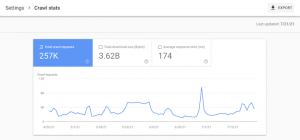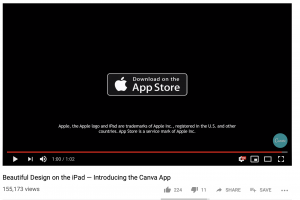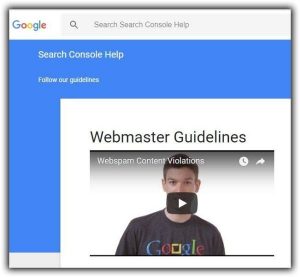The goal of every email marketer needs to be sending emails that people will love. This seems obvious, but I’ve seen too many marketers thinking along the lines of “all of my customers need to see this product, no matter what!” instead of “what does this customer segment really need that I can give them?”
It’s a subtle but important shift in mindset that, when implemented properly, satisfies everyone: people receive emails that are useful, and digital marketers collect leads and drive sales.
There are three fundamental challenges in creating email campaigns that people will love: knowing enough about your customers; turning this knowledge into effective newsletters; and sending the right newsletter to the right person at the right time.
What follows is a cheat sheet of the three big challenges in email marketing, and how every email marketer can overcome them to send email campaigns that make your contacts happy, and that generate leads and drive sales.
Challenge 1: Know Your Customer
We live in an era of big data. Businesses know more about their customers than ever before, and they’re using this data in all kinds of ways. For email marketers, it’s easy to get lost in the avalanche of numbers and to lose focus on what’s really important.
Solution: use an email marketing software that allows you to store the right kind of information about your contacts. The most important information in email marketing is:
Demographic information – age, gender, location, nationality, etc.
Purchase information – there is a lot of flexibility here, but the two most important kind of purchase information for email marketers are 1) when the customer last purchased; and 2) what the customer last purchased.
When tells you how to approach your customers via email, via timed reminders. What gives you insights into the kinds of product genres that your contact is most likely to find useful.
Hint: Corral your contact data using auto-update groups, which segment your contacts based on shared characteristics. Dynamic groups automatically update themselves, saving you time and effort.
Challenge 2: Leverage Your Data
Having the data is only the first step in building email campaigns that people will love. You’ve got to turn the data into actionable intelligence and into awesome emails.
Solution: Design great newsletters. I could write a separate post on designing newsletters, but these are the key points that you should be focusing on:
- Subjects that get attention – specificity and directness is more important than length
- Above the fold – all of your must-see items and offers need to be at the top
- Responsive Design – newsletters that are optimized for mobile
- White Space – clutter doesn’t work on your website, and it won’t work in newsletters
- Relevant content – use the data that you’ve collected to create personalized newsletters that people will love
Challenge 3: Automate Your Email Marketing
Which email is someone more likely to love: a product recommendation sent the day after a purchase, or one that’s sent much later, as a bolt out of the blue?
Of course, the timelier an email is, the more likely that your contacts will love it. Sending timely emails is a constant challenge for email marketers, especially with contact lists that grow from a few dozen to a few thousand and more. It quickly becomes impossible to send individually tailored newsletters manually.
Solution: Automated email campaigns. Generally speaking, there are two kinds of automated campaigns:
Trigger campaigns: email campaigns that are automatically dispatched based on pre-determined behavior. A customer action or interaction triggers a pre-designed newsletter.
Trigger campaigns are often timed reminders, based on when your customers have made purchases. For example: a product recommendation sent a day or two after a purchase; a reminder about items left in the checkout queue; an email after 2 weeks of no activity.
Lifecycle campaigns: Lifecycle campaigns follow the natural lifecycle of your customer. These include automated birthday greetings, holiday greetings, and in regular intervals after the first registration and/or purchase.
Lifecycle campaigns typically include: birthday greetings; product recommendations based on the season; and discounts and/or special offers based on specific customer anniversaries (“You made your first purchase with us 6 months ago – here’s a 25% discount!”)
Hint: Use personalized design blocks in your newsletters. Personalization blocks allow the content within a given newsletter to be highly targeted.
A 7-day inactivity newsletter, for example, can be personalized to include specific product recommendations based on a customer’s purchase history. The newsletter will appear differently to different contacts, but the overall newsletter structure remains the same.
To Sum Up
Email marketing is here to stay, but that doesn’t mean that industry standards shouldn’t improve. It’s time for email marketers to start focusing on what’s really important: sending emails that people will love. In order to do that, you’ve got to collect the right data; use the data to create amazing newsletters; and send those newsletters to the right people at the right time.
I hope these tips get you started in the right direction. Good luck, and happy emailing!
Digital & Social Articles on Business 2 Community(74)
Report Post







